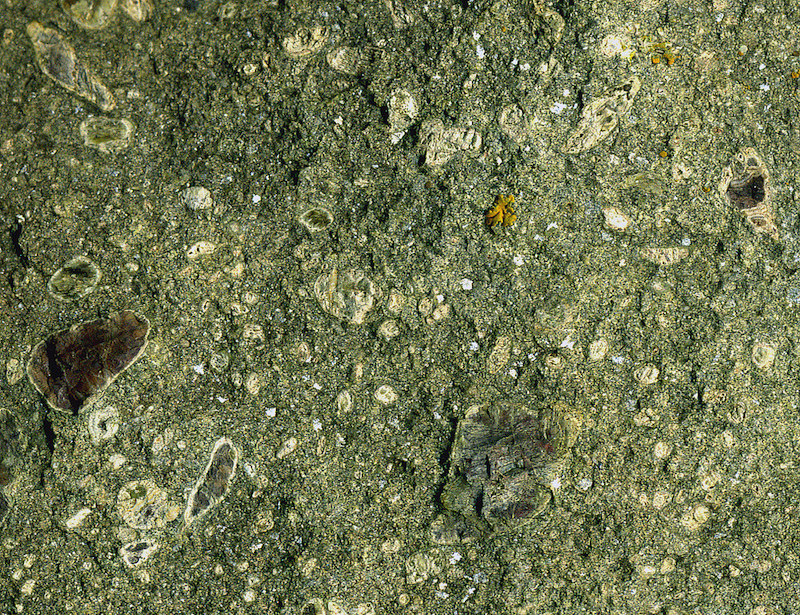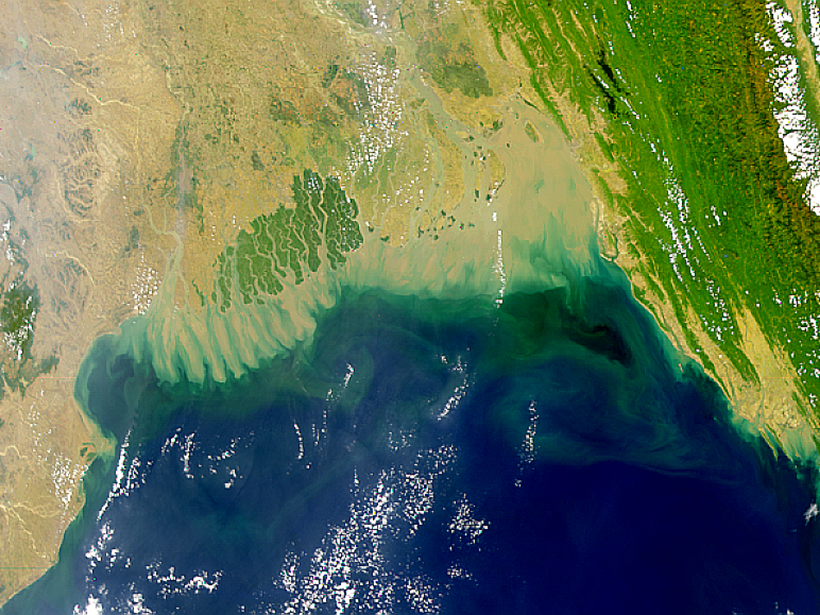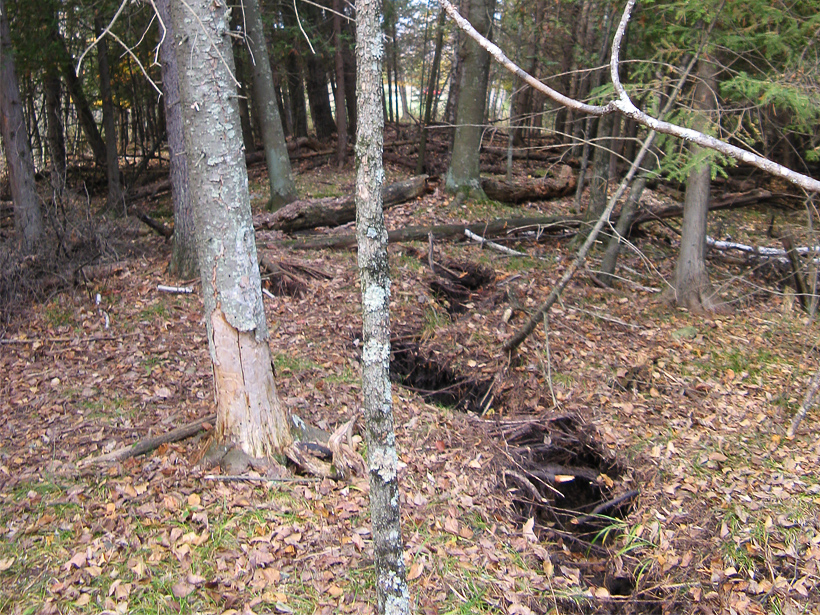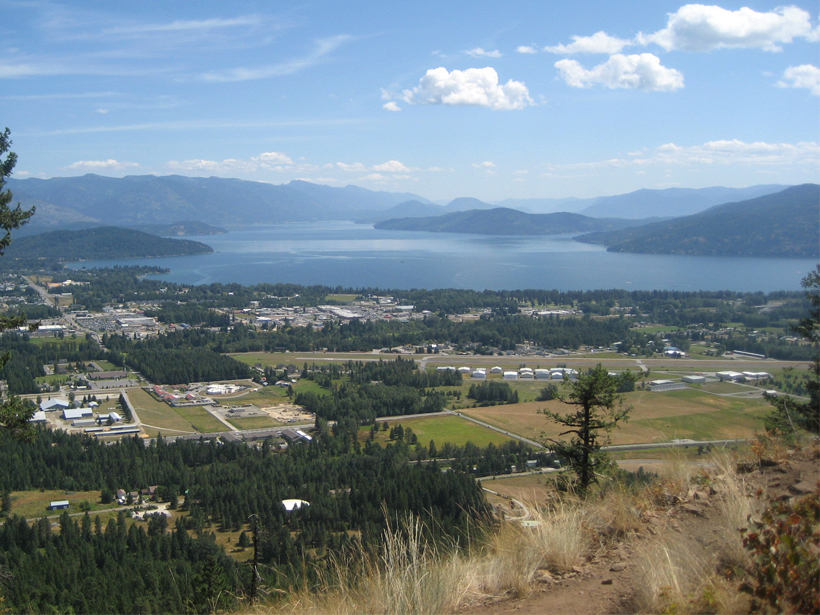The importance of relevant and consistent data (as well as more samples) spans discussions of water resources and crustal roots at the IGC.
Earth’s crust
Deciphering the Bay of Bengal's Tectonic Origins
New magnetic and gravity data suggest that the boundary between continental and oceanic crust lies beneath northern Bangladesh, along the line of an Early Cretaceous spreading center.
Novel Technique Finds New Features Under United States
A new high-fidelity tomography harnesses USArray data to expose a wealth of noteworthy crustal and upper mantle structures, including previously unknown anomalies beneath the Appalachians.
Making a Better Magnetic Map
A new version of the World Digital Magnetic Anomaly Map, released last summer, gives greater insight into the structure and history of Earth's crust and upper mantle.
Does Geothermal Exploitation Trigger Earthquakes in Tuscany?
For the past 25 years, power production has been accompanied by a small but steady increase in seismicity near geothermal wells. A new project seeks to explore why.
Frontiers in Geosystems: Solving the Puzzles
Putting some publishing action into deep Earth-surface interactions
Variable Mantle Lies Below Ancient Pieces of Earth's Crust
Underneath old and stable pieces of Earth's crust in North America, the mantle's uppermost portion contains multiple layers that change the velocities of seismic waves.
What Makes the Ground Suddenly Pop?
A geological feature in Michigan’s wooded Upper Peninsula has scientists scratching their heads.
The Backwards Earthquakes
Earthquakes in Idaho's panhandle are usually caused by the Earth's crust pulling apart. So why were earthquakes on 24 April pushing the crust together?
A Magmatic Seafloor Source at an Ultraslow-Spreading Ridge
An ultraslow-spreading stretch of the Southwest Indian Ridge is thicker than expected: both tectonic and volcanic processes may be feeding the growing seafloor there.









